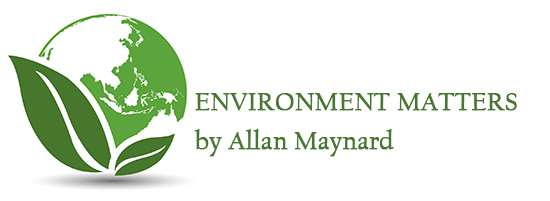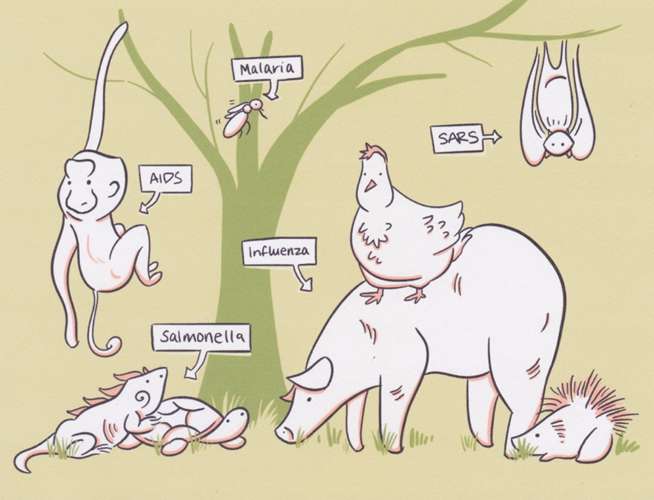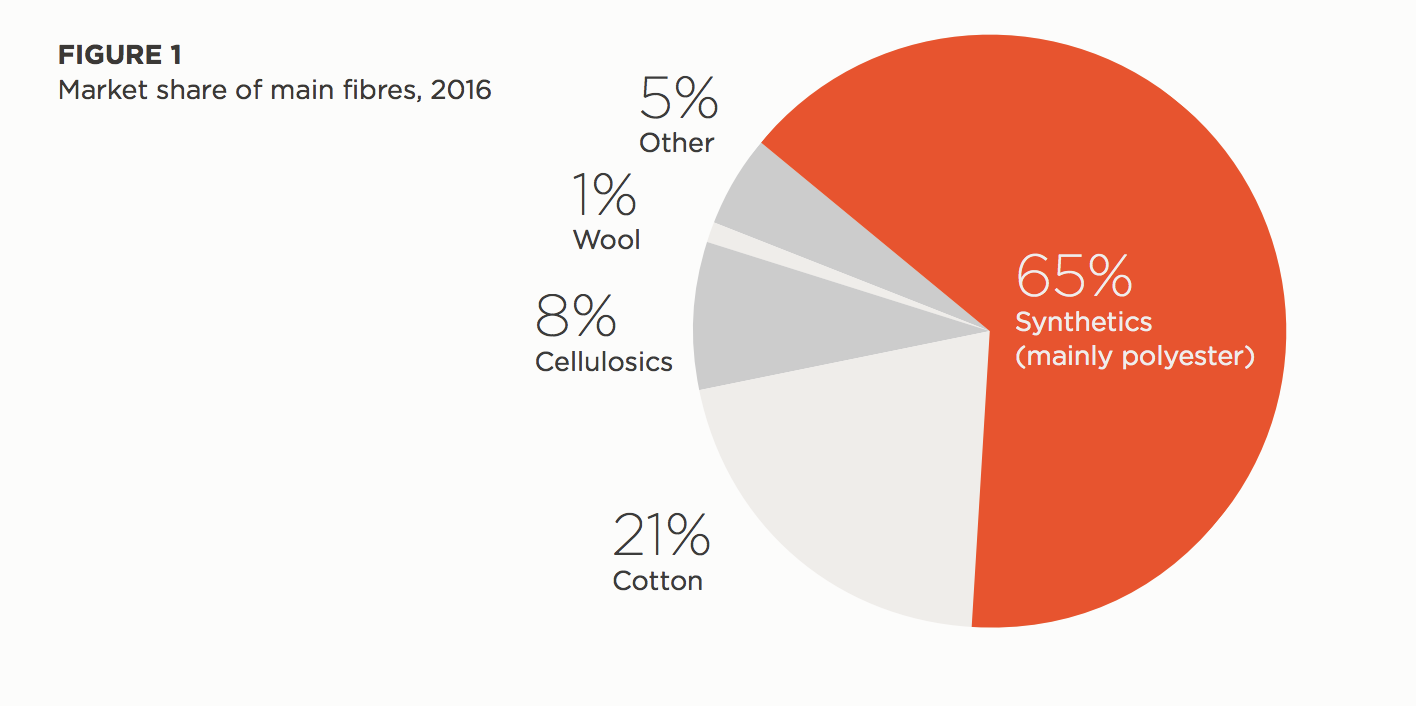Move Away from Animal Agriculture

Why it’s essential to move away from a
reliance on animal agriculture.
Plate and Planet: Why it’s essential to move away from a reliance on animal agriculture.
A quote by Jonathan Swift – (1721) – “You cannot reason someone out of something he or she was not reasoned into”, is often presented as a rational for avoiding conversations around politics and religion. I wonder if diet would also be among topics to ‘steer’ (pun intended) away from. Consider the boycotts and law suits that Oprah Winfrey (in Texas) and KD Lang (in Alberta) encountered for negative comments about the beef industry. The issues associated with diets forms a hard topic to consider let alone fully accept. But the facts about food are well documented and sobering. At the same time – there is good news. What is good for the planet is also good for our personal health.
I grew up becoming totally accustomed to meals centered around meat. I am certain this applies to many or most citizens in developed countries. Ask the question – “What’s for supper tonight?” and the likely reply would be – “Pork Chops” or “Roast Chicken” – or some other meat dish. Potatoes and vegetables would be side dishes, hardly worthy of mention unless it was a Sunday night that involved roast beef and Yorkshire pudding. Over the past number of decades, “western diets” also included more and more processed convenience foods that contain refined carbohydrates, unhealthy fats, added sugars and salt.
Unfortunately, as many developing nations become more urbanized and citizens incomes have increased, traditional diets are transitioning towards this so-called western diet. This transition is enhanced by well financed marketing campaigns by major consolidated global food corporations.
Along with the well documented negative human health impacts associated with this nutrition transition, this dietary pattern is also completely unsustainable. Current food production is driving climate change, biodiversity loss, pollution, and drastic changes in land and water use.
ENVIRONMENTAL IMPACTS OF ANIMAL AGRICULTURE
The meat industry has an outsized impact on the environment and the global use of resources. Some of this was noted in my previous article. https://www.environmentmatters.ca/global-food-supply-a-growing-crisis/
Here are some notable facts:
- Livestock (including the growing of feed) takes up nearly 80% of global agricultural land yet produces less than 20% of the world’s supply of calories and only 37% of total protein.
- Almost 90% of all land mammals are humans or livestock.
- Vegan-organic agriculture can be over 4000% more productive than animal-based agriculture in the amount of food produced per acre.
- Without meat and dairy consumption, global farmland use could be reduced by more than 75% – an area equivalent to the US, China, European Union and Australia combined – and still feed the world.
- Percentage of grain harvest used to feed cattle – 38% of the world’s harvest, 60% of Brazil’s harvest, 70% of America’s harvest.
- 50% of all the water used in the USA is devoted to livestock farming.
- One pound of beef requires 2500 gallons (9500 liters) of water. One pound of potatoes requires only 24 gallons (90 liters).
- The entire system of food production, is responsible for about 35% of all greenhouse gas emissions from human activity.
- A football pitch-sized tract of forest is lost every second somewhere around the world (or over 5 million acres per year) because of agricultural expansion; meat production is the single biggest cause.
The following graphic clearly demonstrates the differences in resource use and environmental impacts of the various food groups and clearly demonstrates the heavy toll of animal agriculture.
HUMAN HEALTH IMPACTS OF ANIMAL AGRICULTURE
Consider the diet fads over the years (mostly directed towards weight loss) – the Grapefruit Diet, the Scarsdale Diet, the Cabbage Soup Diet, the Keto Diet, etc. The amount of information – (books, articles, documentaries, and lectures) pertaining food is overwhelming, controversial, and contradictory. Many studies are rife with confirmation bias (the tendency to search for, interpret, favor, and recall information in a way that confirms or supports one’s prior belief); many are funded by the various food industry groups. The dairy industry for instance will promote milk and cheese as healthy food choices despite well documented findings to the contrary.
The subject is extremely complex, with a wide variety of viewpoints and strong emotions. Clearly, people’s choice of diet is highly personal even if certain risks are known. It is though, becoming increasingly clear, that that a diet centered around meat, dairy and processed foods significantly increases the risk of a variety of diseases including cancers, diabetes, heart disease and strokes. Conversely, the more fruits and vegetables we eat, the lower our risk for these diseases. In short – plant-based foods are healthier. That is certain. Rather than delve into more detail, I have added some references below for those that may be interested.
In terms of human health associated with animal agriculture, there is another major factor to consider – ZOONISIS. A zoonosis is an infectious disease that has jumped from a non-human animal to humans. Zoonotic pathogens may be bacterial, viral, or parasitic. They represent a major public health problem around the world due to our close relationship with animals in agriculture. Up to three-quarters of emerging infectious diseases are zoonotic, or come from human-to-animal contact, according to the CDC.
NOW FOR THE GOOD NEWS
The good news – human diets that link health and environmental sustainability will nurture both. In other words – by transitioning towards a diet that is beneficial to the planet will most certainly be the most beneficial for human health.
Consider the graphic below showing the association between a food group’s impact on mortality and its environmental impact. The y axis is plotted on a log scale associated with 5 environmental outcomes relative to the impact of producing a serving of vegetables (not including starchy roots and tubers). The x axis is the relative risk of mortality, – taken from “The Proceedings of the National Academy of Sciences” (PNAS), a peer reviewed journal of the US National Academy of Sciences
In 2019, the United Nations sponsored the EAT-Lancet Commission that brought together a commission of experts from 16 countries. This commission developed the world’s first scientific targets for healthy and sustainable food systems, including a “planetary health diet” with defined daily consumption ranges for each food group. https://eatforum.org/eat-lancet-commission/
This dietary pattern—characterized by a variety of high-quality plant-based foods and low amounts of animal-based foods, refined grains, added sugars, and unhealthy fats—is designed to be flexible to accommodate local and individual situations, traditions, and dietary preferences.
Compared with current diets, this shift will require global consumption of foods such as red meat and sugar to decrease by 50%, while consumption of fruits, nuts, vegetables, and legumes must double. That said, the Commission emphasizes the importance of tailoring these targets to local situations.
In terms of human health associated with the planetary diet, – modeling studies show that between 10.9 to 11.6 million early deaths could be averted each year—a 19% to 23.6% reduction from current adult mortality rates.
In terms of environmental sustainability, it is estimated that if North Americans were to reduce meat intake by merely 10%, 100 million people could be fed using the land, water and energy that would have been used for livestock production. At present North American countries consume almost 6.5 times the recommended amount of red meat. Countries in South Asia eat only half the recommended amount.
SUMMARY COMMENTS
Far be it for me to provide advice to anyone concerning what to eat and what not to eat. Diet choice is highly personal. I will say this though. When speaking about climate change and habitat loss, the comment I hear the most is an expression of helplessness in terms of how to make a significant difference as an individual. I even wrote an article about that – https://www.environmentmatters.ca/how-can-we-prevent-a-climate-disaster/
It’s clear from reviewing the information above, that THE MOST significant contribution people can make, short of major items such installing solar panels to a home, is to reduce or even eliminate the consumption of animal products – with the added benefit of improving individual health.
In terms of my own experiences – it’s not that difficult – at least to reduce meat and dairy. I’m not vegan (yet) – but I must say, some of the most delicious meals I have had lately are vegan. My meat and dairy consumption is significantly reduced. I will continue this journey.
What is also encouraging – plant based eating is growing significantly around the world – even in North America. https://foodrevolution.org/blog/vegan-statistics-global/
OTHER REFERENCES
https://josephpoore.com/Science%20360%206392%20987%20-%20Accepted%20Manuscript.pdf
https://www.hsph.harvard.edu/nutritionsource/sustainability/
https://www.thelancet.com/journals/lanplh/article/PIIS2542-5196(22)00243-1/fulltext
https://www.pnas.org/doi/10.1073/pnas.1906908116
Some good references to consider on the health impacts of food sources. These are articles that refer to books – so can be read on line right away. It is easy to buy the books online.
https://nutritionstudies.org/the-china-study/
https://www.wholly-plants.com/the-cheese-trap/

















